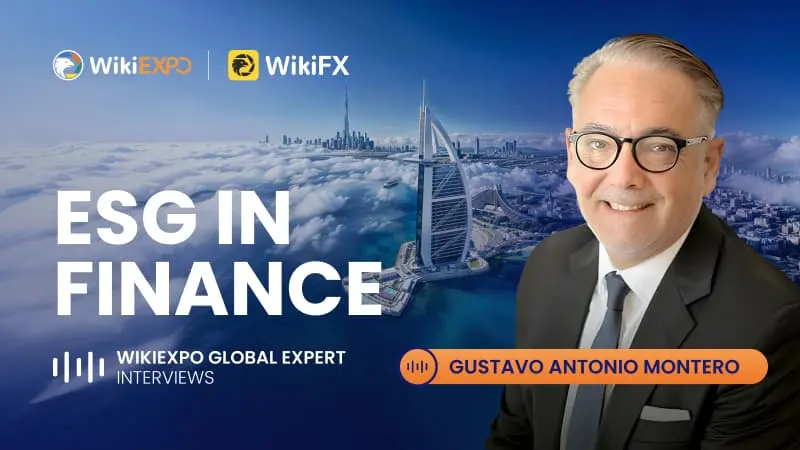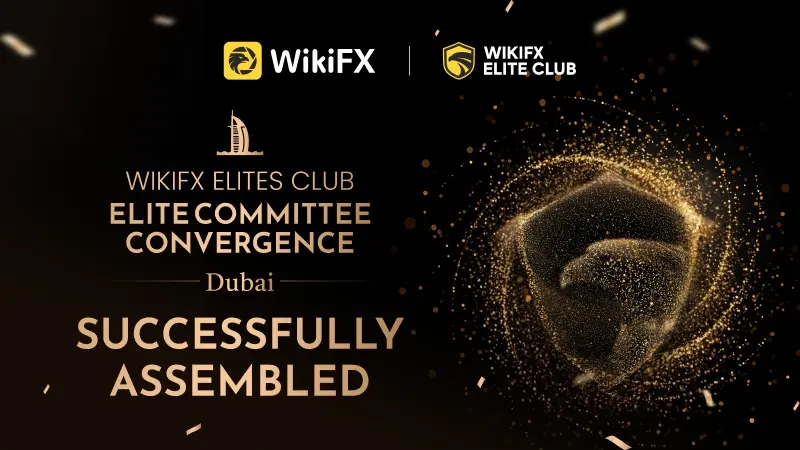简体中文
繁體中文
English
Pусский
日本語
ภาษาไทย
Tiếng Việt
Bahasa Indonesia
Español
हिन्दी
Filippiiniläinen
Français
Deutsch
Português
Türkçe
한국어
العربية
Why Are Financial Firms Adopting Stablecoins to Enhance Services and Stability?
Abstract:Financial firms adopt stablecoins for stability and innovation, fueled by Trump’s crypto push, reshaping finance with blockchain efficiency in 2025.

The financial landscape is undergoing a radical transformation as a major asset manager, overseeing trillions in assets, prepares to launch its own U.S. dollar-pegged stablecoin, according to a March 25, 2025, report. This development, now in its final testing phase, reflects a broader trend: traditional financial institutions are embracing digital assets to bolster their offerings. The stablecoin is part of an ambitious push into tokenized financial products, including a digital U.S. money market fund filed earlier this year. This shift coincides with a pro-crypto surge in the U.S., driven by President Donald Trumps enthusiastic support for digital currencies, signaling a new era where blockchain and traditional finance converge.
Trumps Crypto Advocacy: Fueling Institutional Momentum
President Donald Trump‘s 2024 re-election has ignited a wave of optimism in the crypto world, reversing the previous administration’s more reserved approach. A vocal proponent of digital assets, Trump has positioned stablecoins as a means to strengthen the U.S. dollar‘s global standing. His administration’s commitment to streamlined regulations has spurred financial institutions to accelerate their crypto initiatives. On March 25, 2025, Trump‘s affiliated venture, World Liberty Financial, unveiled its own stablecoin, USD1, backed by U.S. Treasuries and cash equivalents, amplifying the pro-crypto momentum. With bipartisan legislation like the GENIUS Act advancing in Congress—potentially reaching Trump’s desk soon—the regulatory environment is increasingly favorable, emboldening firms to integrate stablecoins into their strategies.
Stablecoins: A Stable Foundation for Innovation
What makes stablecoins—cryptocurrencies tied to stable assets like the U.S. dollar—so appealing to financial institutions? Their ability to combine stability with blockchain‘s efficiency is a key draw. Unlike volatile cryptocurrencies like Bitcoin, stablecoins provide a dependable value anchor, making them ideal for real-world applications. The forthcoming stablecoin from this asset manager, for instance, aims to serve as digital cash within a broader blockchain ecosystem, potentially powering tokenized financial instruments. This mirrors an industry-wide shift, with stablecoins gaining traction for uses like cross-border payments, where they outpace sluggish traditional systems. By leveraging blockchain’s speed and transparency, stablecoins offer near-instant settlements at reduced costs, challenging the inefficiencies of legacy banking networks.

Beyond payments, stablecoins are reshaping institutional finance. A report earlier this year predicted that central banks and governments would soon adopt Bitcoin strategically, but stablecoins are proving to be the more immediate focus. With over $239 billion in global circulation, according to CoinGecko, and significant profits flowing from reserve interest, the economic case is compelling. For financial firms, stablecoins represent more than a product—theyre a gateway to a tokenized future, enhancing liquidity and interoperability across services.
Competitive Advantage: Blending Trust and Technology
The move into stablecoins reflects a strategic bid to stay competitive in a rapidly evolving market. The stablecoin sector, long dominated by major players, is now seeing an influx of traditional institutions, each vying for a foothold. New entrants launching their own dollar-backed coins in early 2025 underscore the race to capture market share. For established financial firms, their edge lies in credibility and regulatory compliance—qualities that could appeal to investors wary of less-regulated alternatives. By offering a U.S.-based, well-governed stablecoin, these institutions aim to redefine trust in the space.
The timing aligns with Trump‘s pro-crypto agenda, which promises to ease regulatory barriers. The Senate’s March 26, 2025, approval of the GENIUS Act, establishing standards for collateralization and anti-money laundering, provides further clarity. This green light enables firms to weave stablecoins into core operations, from trading to settlement. Paired with ventures into higher-risk digital assets, stablecoins form a balanced approach—offering stability for clients while tapping into blockchains growth potential. This “stablecoin sandwich”—using stablecoins to bridge fiat and crypto—streamlines processes, cuts costs, and attracts efficiency-minded customers.
Challenges persist, however. Critics, including Senator Elizabeth Warren, caution against systemic risks, likening stablecoins to potential “digital bank runs” if oversight falters. The cautious rollout of these initiatives—testing without immediate launch—suggests an awareness of such concerns. Striking a balance between innovation and stability will be critical as firms chart this new terrain.
Trump‘s crypto fervor and the rise of stablecoins mark a turning point: traditional finance and digital assets are no longer at odds—they’re merging. As institutions adopt stablecoins to enhance services, they‘re not merely following trends—they’re reimagining money‘s future. In 2025, with regulatory tailwinds and blockchain’s potential unfolding, the question isnt why firms are embracing stablecoins, but how transformative their impact will be. For now, this move signals a bold step toward a world where stability and innovation coexist, reshaping finance for the digital age.

Disclaimer:
The views in this article only represent the author's personal views, and do not constitute investment advice on this platform. This platform does not guarantee the accuracy, completeness and timeliness of the information in the article, and will not be liable for any loss caused by the use of or reliance on the information in the article.
Read more

Voices of the Golden Insight Award Jury | Hawk Cheng, Director of Plotio Financial Group
The “WikiFX Golden Insight Award” is dedicated to uniting industry forces to jointly build a safe and robust forex ecosystem, driving industry innovation and sustainable development. Now it launches a brand-new interview series — “Voices of the Golden Insight Award Jury”. Through in-depth interviews with authoritative jury members, this series will explore the future landscape of the forex industry and the shared mission of industry elites in enhancing innovation, compliance, and sustainable development.

WikiEXPO Global Expert Interviews: Gustavo Antonio Montero: ESG in Finance
As WikiEXPO Dubai concludes successfully, we had the pleasure of interviewing MR. Gustavo, the Chairman and Founder of Carter Capital Management. (Sustainable Digital Assets Management) and Palmer Advisory and Consulting. Palmer is a global business that develops advanced fintech/digital technology solutions and works with Blockchain technologies.

Global Guide to Finding Forex IBs/Brokers — Share Your Pick and Win Big!
Dear forex enthusiasts, are you also troubled by these questions? “In India, can’t find a reliable IB? What should I do?” “With so many brokers, which one offers the lowest spreads and fastest withdrawals?” “Want to connect with local forex enthusiasts but don’t know where to start?” Now, leave these challenges to us! Share your experience and win exciting rewards!

WikiFX Elite Club Committee Makes Its Debut, Charting the Future of the Global Trading Ecosystem
November 11, 2025 – The WikiFX Elite Club Committee (hereafter “the Elite Committee”) made its significant debut on the international stage at WikiEXPO Dubai 2025. Core members from the Middle East, Southeast Asia, and Chinese-speaking regions gathered to witness the beginning of a new chapter for the Elite Club.
WikiFX Broker
Latest News
Mitrade Arabic Platform Targets MENA Gold Trading Boom
Israeli Arrested in Rome Over €50M Forex Scam
New FCA Consumer Alert 2025: Important Warning for All Consumers
EmiraX Markets Withdrawal Issues Exposed
Global Guide to Finding Forex IBs/Brokers — Share Your Pick and Win Big!
Consob Targets Political Deepfake “Clone Sites” and Unlicensed Platforms in Latest Enforcement Round
WikiEXPO Global Expert Interviews: Gustavo Antonio Montero: ESG in Finance
Trump tariffs are helping drive U.S. beef prices to new highs
Scam Alert: GINKGO-my.com is Draining Millions from Malaysians!
Ghost Global Limited (ghostgloballtd.com ) Review: Users Complain About Slow Replies, Fake Portfolio
Currency Calculator



